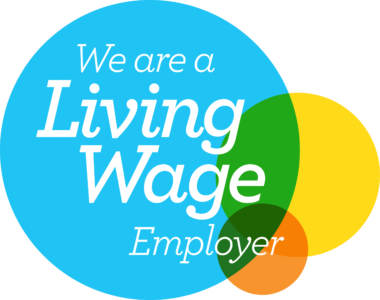Social housing landlords are under more intense scrutiny than ever before as Awaab’s Law comes into effect.
While the media is quick to judge social housing landlords harshly for the challenges they face in maintaining properties, it is worth gaining a sense of the scale and scope of the issue so that more direct action can be taken.
As such, we have consulted the latest Housing Ombudsman’s Annual Complaint Review to determine the areas where social housing landlords should be focusing their attention.
Is there a problem with compliance for social housing landlords?
With the final guidance for Awaab’s Law now published, many social housing landlords will be endeavouring to ensure their properties meet the new standards.
It will now be necessary to meet the requirements laid out in The Hazards in Social Housing (Prescribed Requirements) (England) Regulations 2025.
With these compliance measures hanging overhead, it is worth reflecting on how social housing landlords have been managing thus far.
To look at the Housing Ombudsman’s Annual Complaint Review might be to perceive a major and widespread problem with compliance for social housing landlords.
This is due to the review highlighting the disturbing 71 per cent overall maladministration rate, which superficially suggests a deep-rooted compliance problem.
However, it is imperative to place the figure in the correct context and understand what it means for social housing landlords more generally.
The figures reported do not speak to the quality of services provided by all of England’s roughly 1,300 social housing landlords, but are centred on those who received complaints that were escalated to the Housing Ombudsman.
What the figure therefore shows is a failure for many social housing landlords to correctly resolve issues at the local level or to maintain compliance to prevent complaints arising at all.
Property conditions were the focus of the majority of the complaints, with specific examples being cited wherein some issues were left unresolved for years.
The commencement of Awaab’s Law means that these time scales will be treated more severely than in the past, and a greater focus must be placed on compliance.
The review is not all bad news, as there are signs that improvements are being made.
Of the cases reflected in the report, there was a two per cent point drop in the overall maladministration rate, a seven per cent drop for complaint handling and a nine per cent decrease in fault handling anti-social behaviour.
There was also an increased number of cases where social housing landlords took reasonable steps to put things right before being asked to do so by the Housing Ombudsman.
What does the Housing Ombudsman’s Annual Complaint Review suggest about the future?
Maladministration is still far too high and indicates that social housing landlords can be doing more to tackle compliance issues.
Ideally, most cases raised to the Housing Ombudsman would not be upheld as they may arise from tenants making unreasonable demands of the social housing landlords.
As Awaab’s Law ushers in a new era of compliance concerns, it is vital that social housing landlords do everything in their power to not only stay compliant but be seen doing so.
Knowing that the Housing Ombudsman will be keeping a closer eye on issues should incentivise the greater collation of records surrounding maintenance requirements.
When you conduct inspections of properties, you should be sure that you sign and date all evidence of this happening and get your tenant to do the same.
This will enable you to have a more robust defence should your case be unfairly taken to the Housing Ombudsman.
In general, now is the time to assess your practices to ensure that they are fully compliant with the requirements brought about by Awaab’s Law.
We can advise you on the measures you should be taking to ensure that you do not end up in next year’s Housing Ombudsman’s Annual Complaint Review figures for maladministration.
To ensure that you are fully compliant with Awaab’s Law, speak to our team today.
The content of this article is for general information only. It is not, and should not be taken as, legal advice. If you require any further information in relation to this article please contact the author in the first instance. Law covered as at October 2025.









